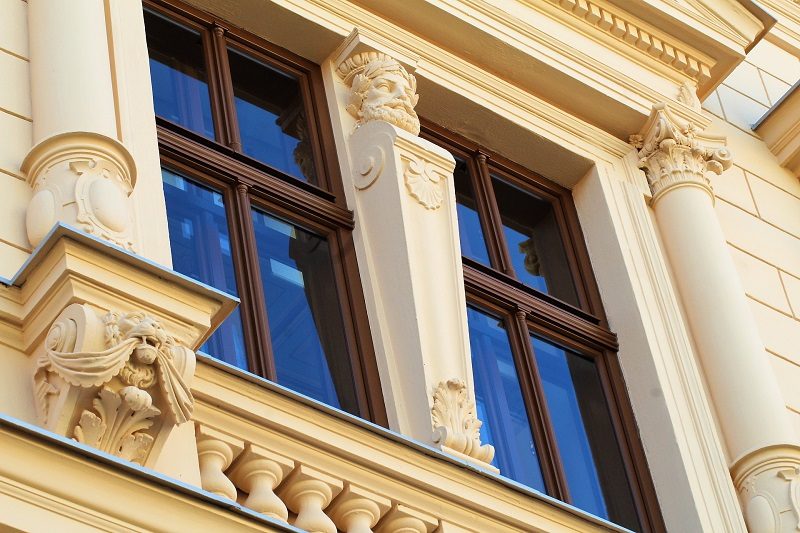Know Vividly on How to Fix Parapet Mouldings
The parapet or the cornice is a horizontal moulding and it is used for decorative purposes like crowning the building or any furniture. There are parapets of a building, window or it can be present over the top of any interior wall. There can be simple parapets which are just used for crowning, or projecting parapets which are used to throw off rainwater from the terrace. Nowadays, the parapet mouldings have become very popular, and they are decorative too. The parapet looks nice on buildings and before we see how to fix them. Let us see the different types of parapets.
Types of Parapets
The parapets of any residential buildings are generally divided into three categories which are closed cornice, box cornice, and open cornice. All of them can have parapet mouldings and let us see how they are different from each other.
- Box Cornice: It looks like a long and narrow box which encloses the top of the building. This type of parapet is also further classified into narrow box and the wide box. The narrow box parapet is the type where the projection of the rafter is the soffit board’s nailing surface and the fascia trim also. This is usually used when the slope of the roof is steep, and the eave is comparatively narrow. The wide parapet is used when the roofs of the houses have a gentle slope, and the eaves are wider so that it can support and attach the parapet securely to the soffits.
- Close Cornice: The closed cornices are the ones where the rafters are not projected beyond the walls, and there is no fascia and soffit. This cornice can be very easily constructed, but the problem is, it is not easy to disperse water in this type of cornice.
- Open Cornice: This one looks exactly like the wide box cornice, but the difference is that it doesn’t have lookouts and soffits which are present in the wide box parapets. It is not much expensive, and there are fewer materials needed. You don’t need a fascia board here, but it lacks decorative parapet mouldings.
How to Fix Parapet Mouldings
The lightweight mouldings come in two forms, and they are lightweight with the ones who have polystyrene core which serves as parapet mouldings and the Solid Lightweight which are used in Architraves and Stringers. Let us see the tools which will be required to fix parapet mouldings:
- Tape Measure
- Carpenter’s pencil
- Level
- String Line
- Putty Knife
- Sealant Gun
- Sponge
- Drill and bits
- Drop Saw (sharp and clean)
- Tungsten Tip Saw
- Miter Box
- cutting bench
Let us now move on to the steps which will help in fixing it:
- Step 1 – At first, you have to check if the surface is clean and level. You can use packers if it is not clean or not level. The profile should not be stressed and made uneven as it can result in fractures.
- Step 2 – At the lower edge, where you plan to fix the parapet mouldings, you need to draw a string line. You will have to drive in some temporary anchors inside the substrate at some regular and sufficient intervals. You will have to position the profile along the drawn line, and it will rest on the temporary anchor before drilling it permanently and fixing into the substrate. There has to be a pre-drilling done before the final one.
- Step 3 – You will have to drill once again through the pre-drilled moulding to ensure that the parapet will fit inside the substrate.
- Step 4 – Put the parapet in it and seal the edges.
We have discussed how to fix parapet, and you can get your tools ready and get the work done. Make sure you take care of the safety before you do it.











